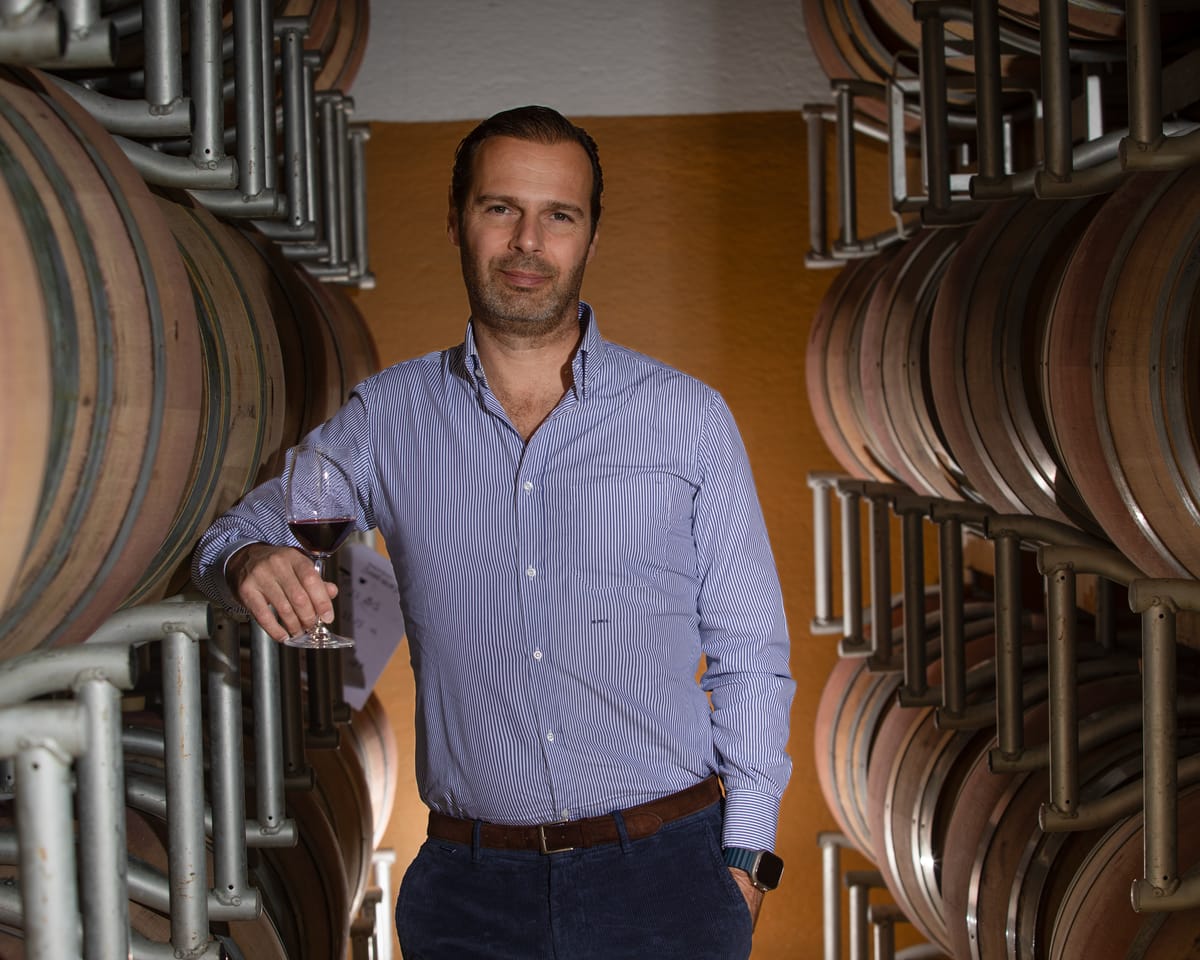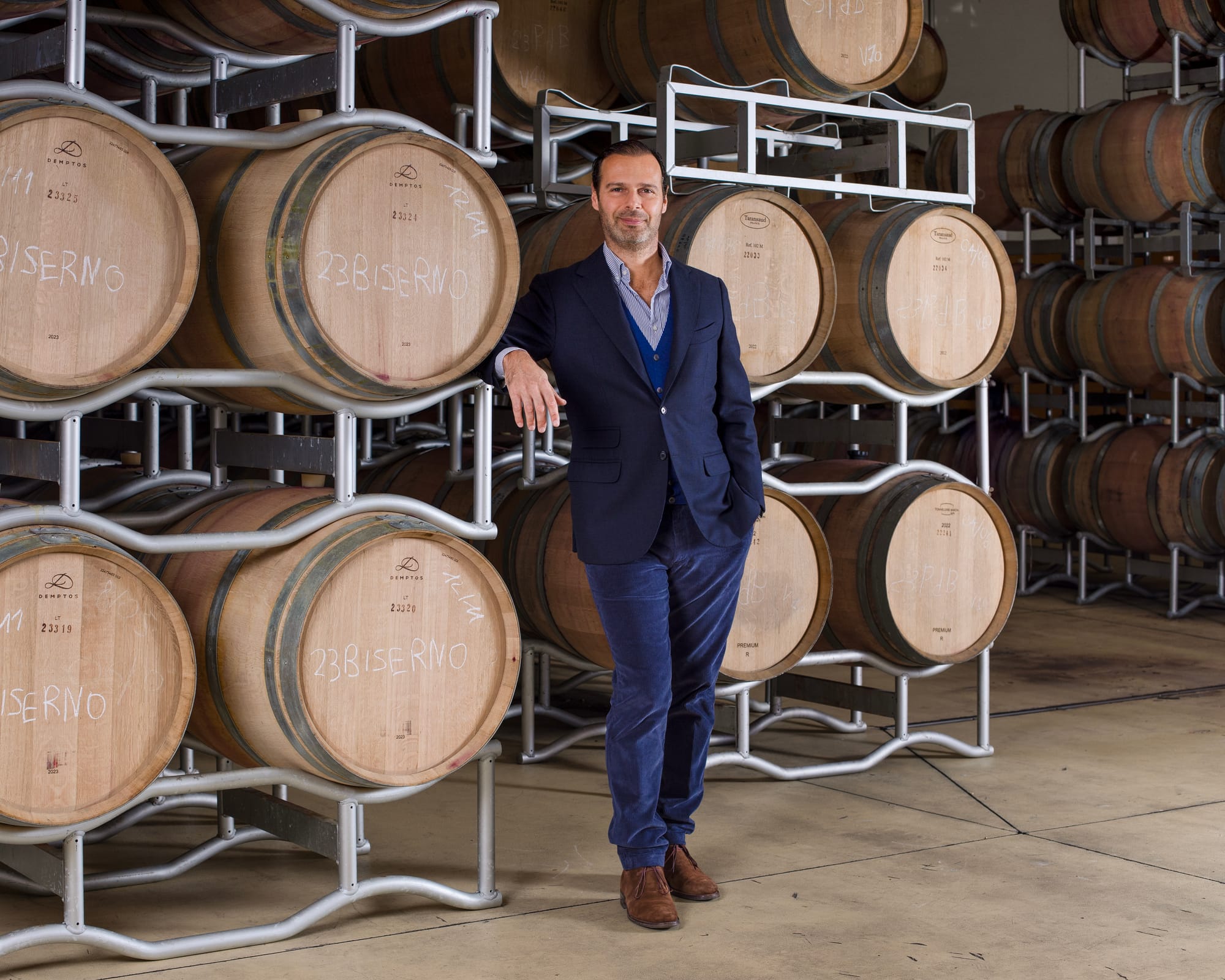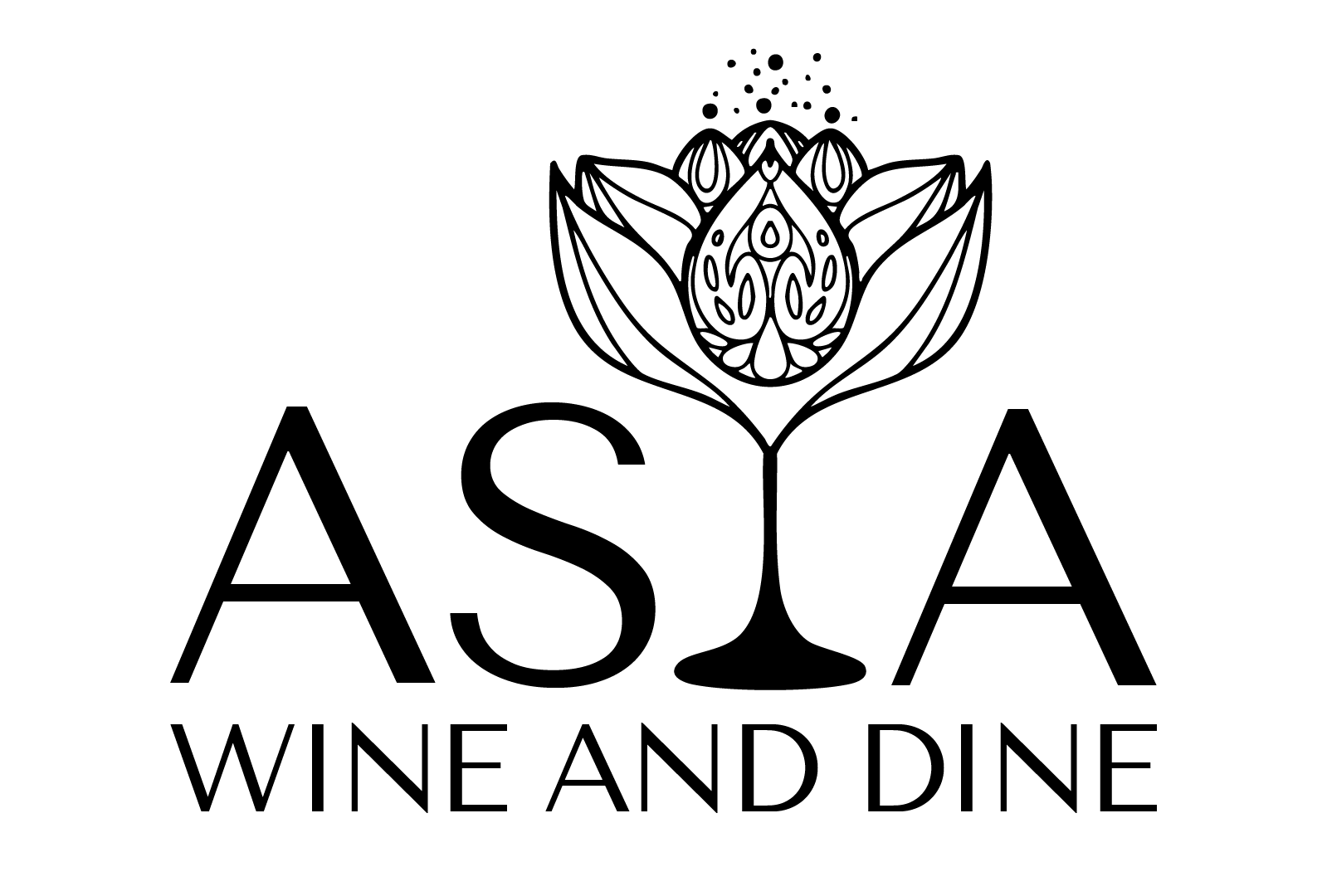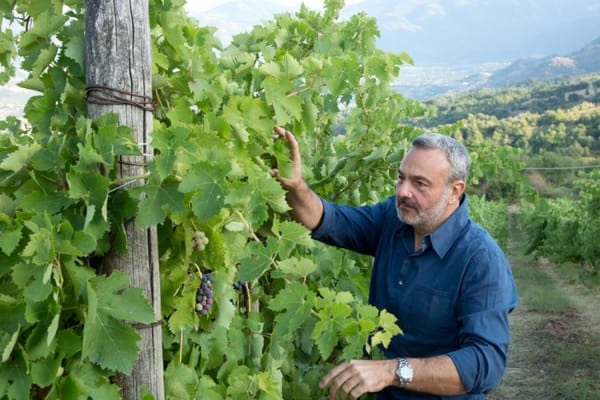Exploring Tenuta di Biserno’s Strategy and Insights into the Evolving Asian Wine Market

Asian Markets and Tenuta di Biserno: Navigating Growth and Opportunities in 2024
Located in the municipality of Bibbona, in Alta Maremma, Tenuta di Biserno is situated just north of the historic village of Bolgheri. Positioned at 90 meters above sea level, the estate's vineyards are planted on alluvial, clay-limestone soils, rich in calcium carbonate and pebbles. The primary grape varieties cultivated are Cabernet Franc, Merlot, Cabernet Sauvignon, and Petit Verdot.
The estate spans across the northern area adjacent to the Bolgheri DOC. The Mediterranean influence and varied exposures of the terrain play a crucial role in the production of two premium red wines from the estate: Biserno and Pino di Biserno. These wines are distinctive expressions of the territory, offering two different yet equally refined stylistic versions of the Maremma region.
How did the Asian market perform in 2024?
The Asian market showed a mixed performance in 2024. While some regions remained relatively stable, others—such as mainland China—experienced a noticeable slowdown. However, several markets saw a renewed interest in premium wines after a period of cautious consumer behavior. While there was a moderate recovery in on-trade channels, there was a noticeable rise in off-trade demand for wines with a strong identity and storytelling.
The biggest challenges for the market were unfavorable exchange rates and inflation across all landing costs, from shipping to handling, which ultimately impacted consumption.

What are your expectations for 2025?
We remain cautiously optimistic for 2025. We expect potential growth in consumption, which should help reduce existing stock in key markets, especially for certain wine categories. As wine culture evolves, consumers are becoming more curious, informed, and selective. There is an increasing appreciation for terroir-driven wines and estate bottlings. We aim to build on this momentum through education, trade partnerships, and curated events.
However, ongoing geopolitical tensions are dampening consumer enthusiasm. Although interest in wine remains high, buyers are becoming more cautious and less impulsive in their purchasing behavior.
Which markets were the most dynamic or surprising in 2024, and why?
Taiwan and Thailand stood out in 2024. In Taiwan, there was a steady shift towards connoisseurship, with collectors and sommeliers showing strong interest in boutique producers. Thailand was a pleasant surprise, showing a more open and dynamic approach to European wines, particularly in the high-end hospitality segment. However, high taxation remains a significant challenge, often pushing retail prices to near prohibitive levels.
Which markets are the most consolidated, and with what types of products?
Japan, Singapore, and Hong Kong remain our most consolidated markets in the region. These markets have a deep-rooted appreciation for elegance, heritage, and craftsmanship—values that closely align with our wines. Our mid-to-high-tier labels perform best in these markets due to their structure, balance, and distinctive identity.
Which are the most profitable markets in terms of margin?
We work with a well-balanced portfolio of estate-produced wines, and our partners typically purchase a complementary mix across categories. Since we apply a unified export pricing policy in all markets, it’s difficult to pinpoint one country as more profitable than another from our perspective.
Which are the most gourmet-driven markets?
Japan continues to lead in terms of gourmet culture, closely followed by Hong Kong and Singapore. In these markets, wine is deeply integrated into the fine dining experience, with ongoing dialogues between sommeliers and producers. The level of attention given to food pairing, detail, and provenance adds meaningful value to our brand positioning.






